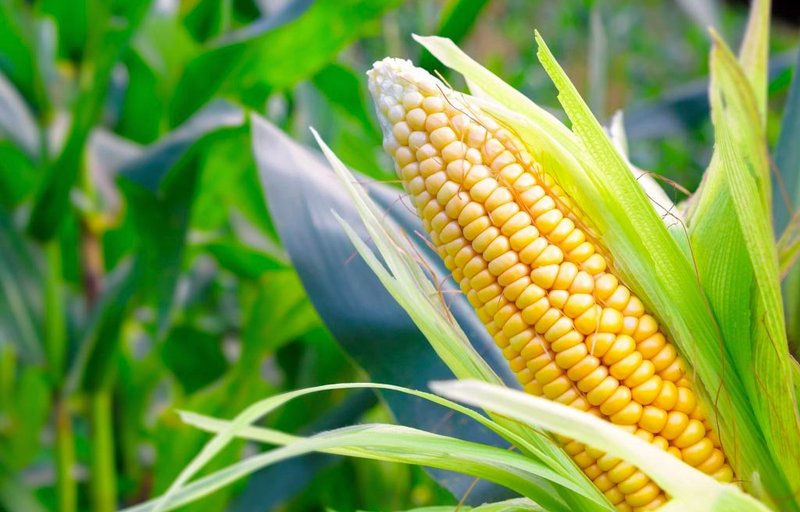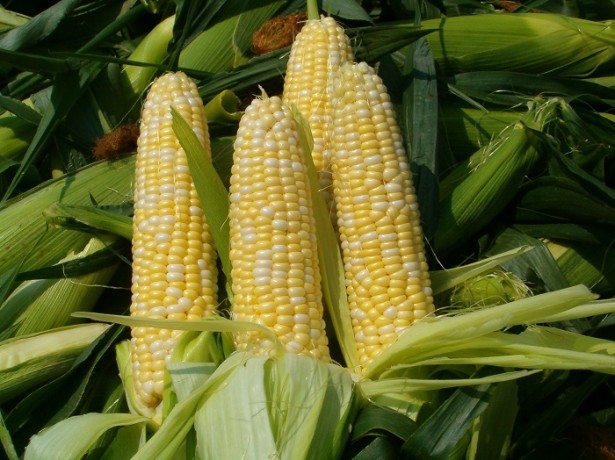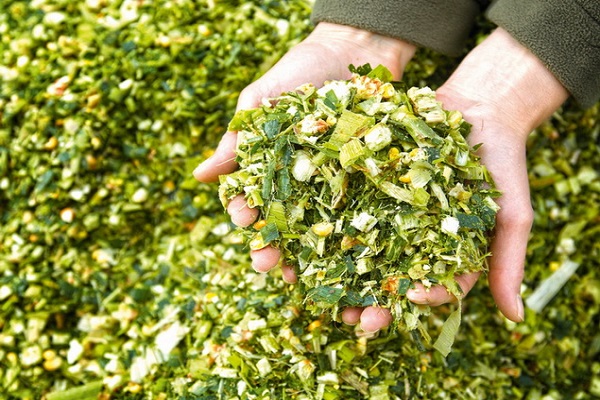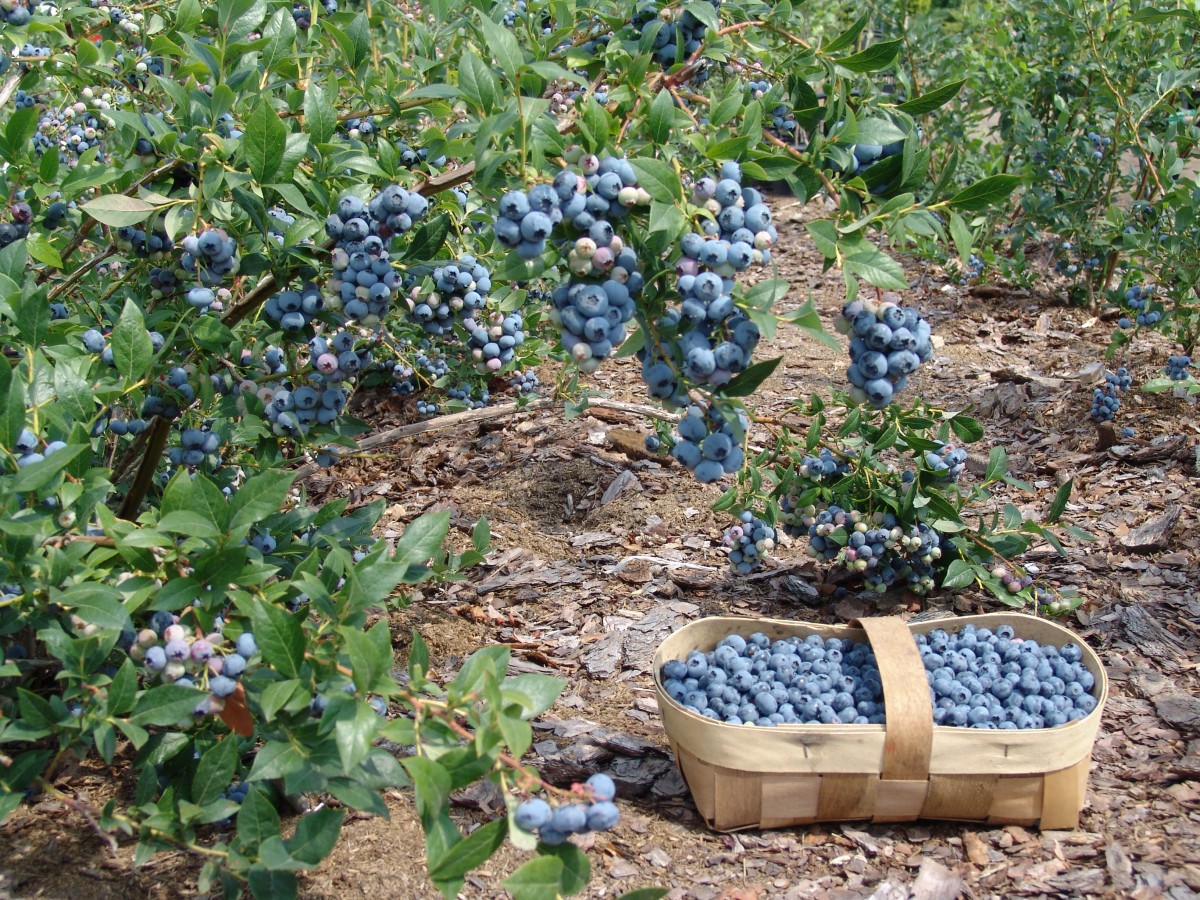Content:
Corn is a capricious plant. In the process of growing, it needs constant care, so it is most often cultivated in the southern regions. Despite this, it can be grown in harsh conditions. Corn in Siberia (planting and care) requires certain knowledge.
Acceptable conditions for growing corn outdoors
Corn is the most demanding for climatic conditions. Below are the main characteristics of the weather conditions for growing this crop:
- Corn loves warmth. Its seeds begin to sprout at temperatures above 10 ° C. The most suitable temperature is 20-25 ° C. The closer it is to favorable, the faster the first shoots will sprout. Does not tolerate temperatures below zero. Even a small decrease slows growth for a short time. If the temperature is set at 10 ° C, then this culture grows poorly, and with a prolonged period of such weather, it stops developing. Because of this, you need to have time to plant corn at the end of May.
- The plant does not tolerate shaded areas. With a lack of light, the growth of the culture is greatly slowed down.
- The plant needs moisture. Drought reduces yields significantly. When there is no rain for more than 10 days, watering is vital.
- The soil in which the plant is planted must be loose and fertile.
- The most successful place for planting on the site of this crop will be the perimeter of the cucumber beds. Long shoots will protect the cucumbers from the scorching sun.
Characteristics of varieties suitable for cultivation in Siberia
In order to grow corn outdoors in Siberia, you should use those varieties that are most resistant to changing climate conditions and can ripen in a shorter time. These corn varieties include:
- Lakomka 121 is a hybrid variety specially adapted to Siberian conditions. After planting, only 2.5 months pass before harvesting. The plant is medium in height (1.5-1.8 m), but powerful. This allows it to withstand the intense wind. The ears are small, 15 cm long. The grains are small, yellow, elongated. There are 18-20 rows in total. Fruit weight from 170-200 g. The variety has a high yield and resistance to powdery mildew.
- Spirit is suitable for planting in open ground. The variety is the most resistant to environmental changes. Fruit ripening period is average (about 3 months). Plant height 2.1 m, ear length 22 cm. Compared to other varieties, Spirit has excellent taste. Grains are yellow. The variety is high-yielding, is immune to fungal infections and rot.
- Khutoryanka is an early ripening variety. From the first shoots to the ripening of the fruits, 71 days pass. The cob weighs 140-160 g, length 12-13 cm, diameter 3.5-4.5 cm. The grains are very sweet.
- Jubilee is a medium ripeness variety (80-100 days). It is a tall plant (2.5-2.8 m), cobs 23 cm. The grains are pearl-yellow. The taste is delicate and sweet. The harvest is rich. The variety is resistant to disease.
- Epic is an early ripening variety. The cobs are large (weight 203 g, length 14 cm). The beans are medium in size and sweet in taste. They are used fresh, canned, dried and frozen.
Selecting and preparing a landing site
For planting, you need fertile soil that is saturated with nutrients and has good air and water permeability.
With the ground, you should do the following:
- Choose a well-lit area with loose soils.
- For good ventilation, sand is introduced into the soil.
- When planting, you need to take into account the height of the plant. Because maize is tall, it is usually planted along fences or garden beds.
- In the fall, you need to dig a shovel to the depth of the bayonet. Fertilizers are applied (for 1 m² they take 6 kg of manure with peat, add superphosphate 3 tbsp. Spoons, potash fertilizers 1 tbsp. Spoon).
- By the end of summer, the corn planting area is planted with winter rye. 1 week before planting corn, rye is crushed and added to the soil.
How to plant a crop correctly
The cultivation of this culture is possible in a seedling and non-seedling way. In the first case, to obtain seedlings at the end of April, do the following:
- The choice of pots for growing seedlings. A drainage layer (seed husk and eggshell) is poured onto the bottom of the container.
- Soil is poured into the container and sprayed with water.
- Corn seeds are disinfected in a manganese solution for 40 minutes, which will allow the first shoots to appear faster.
- In each pot, make a hole no more than 4 cm with the back of a fork and spill a little water.
- In each container, 2 grains are sown to a depth of 5 cm and spilled again with water.
- The pots are covered with plastic wrap and left in a warm place for 1 week.
- When the first shoots appear, the film is removed and the pots are placed in a sunny place for a month. Seedlings need to be watered regularly, loosened the ground. A week and a half before planting, seedlings can be fertilized with a complex water-soluble fertilizer.
- At the end of May, seedlings are planted in the ground.
- For seedlings, shallow furrows are made at a distance of 50-70 cm. Water is poured into them in a small amount and seedlings are planted.
Planting of corn in open ground with seeds in Siberia is carried out at the end of May, when the possibility of frost is minimized. Seeds are soaked before planting according to certain conditions. This will require a gauze cut (or other fabric), wood ash. For soaking, the following procedures are carried out:
- Heat water to 25 ° C.
- Dissolve wood ash in heated water.
- Immerse the grain in water with fertilizer and stand for 12 hours.
- Make an envelope from the fabric, soak it in a solution of wood ash.
- Place the grains in a cloth envelope.
- Monitor the condition of the grains daily. Until they hatch, the gauze is periodically moistened and the planting material is mixed.
Sprouted grains are laid out in grooves prepared in the country. The soil should be loosened a little. The distance between the holes should be 35 cm, between the rows - 70 cm. The depth of planting seeds is 3-5 cm. The best planting option would be a square-nested scheme. It promotes self-pollination of the corn and increases the yield. Wet soil and a small layer of dry earth are laid out on top. Planting is thinned out after germination, if 2-3 seeds have been planted in the hole, leaving a stronger sprout. When soaked, the first shoots appear in 10-12 days. If the grains are not soaked, then you will have to wait 16-18 days.
Corn care
Corn (growing and care in the open field) in Siberia has certain nuances. Care activities include:
- Watering should be done on time and in normal quantities. Its regularity depends on precipitation. If there is no rain, then the crop should be watered once a week.
- Hilling the plant immediately after watering. In this case, it is necessary that the aerial roots be covered with earth. This will allow the plant to be more resistant to strong winds.
- Stepping out.
- Weed cleaning.
- Top dressing. It is carried out 3 times for the entire period. The first is when 3-4 leaves appear on the plant. Fertilize with a not too concentrated mullein solution (1: 8).When 6 leaves appear on corn, top dressing is done with a stronger solution of 1: 6. When inflorescences appear in a plant, a solution consisting of urea, superphosphate and potassium fertilizers is used. For 1 bucket of water, dilute 1 tbsp. spoon of each of the ingredients.
Agricultural rules
To obtain a bountiful harvest of corn, you need to adhere to the rules of agricultural cultivation. These include:
- Before planting, you need to choose the right variety, choose the right place for planting and prepare the soil.
- The place should be bright, warm and protected from the wind.
- Corn is best grown where roots, tomatoes, cucumbers, legumes or grains used to grow.
- The soil for planting corn should be warm, well-drained, moistened and rich in humus.
- The best planting method for cold areas is a seedling method.
Despite the fact that corn is a capricious plant, it is possible to grow it in the northern regions of the country. The main condition for a good harvest is compliance with the basic rules of planting and care.














